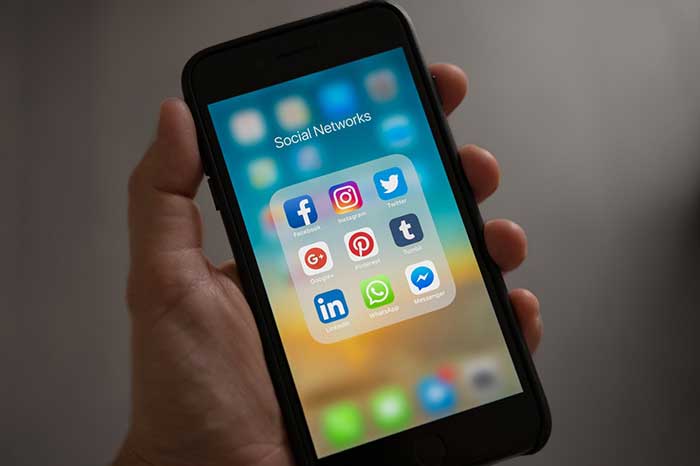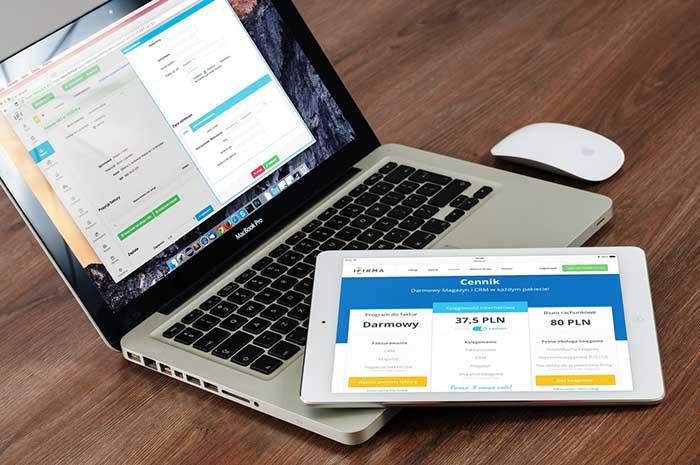GIF stands for graphic interchange format. People first used it in 1987; Steve Wilhite’s team developed it. GIF usually works by compressing a set of images of frames into an image sequence which is then looped for a certain amount of time. Each image contains up to 8 bits per pixel and allows a limit of 256 colors. GIF quality is typically not as excellent as the video due to the color limitations. Gif is a digital version of the flipbooks used as a kid. As they are just a series of images, no audio component is involved.
Whereas video encodes a series of moving images and can also include audio. The frame rate is far higher than a GIF, which translates to higher quality and smoother motion. Videos aren’t intended to loop like GIFs. A gif includes a folder that contains a series of images, but a video file doesn’t.
A video file contains frames. A single frame is the same as an image, but they are handled differently. Instead of moving image by shot, video files break the structures into chunks. There are a certain number of frames bundled into each chip, and for some formats, the video is one complete piece.
Optimization of GIF vs. Video
Optimizing videos and GIFs makes sure that the material you’ve worked so hard to make has the best chance of making an impact by improving its performance and appearance.
Here is some best optimization method for videos and animated GIFs:
1. Variations on a Theme
You may use different properties in HTML to provide several GIFs with varied file sizes. Also, browsers use this feature to figure out which GIF animations can be seen and which are best for the device.
2. GIF to HTML5 video converter

HTML5 has made it possible for web browsers to play video content without the need for Flash plugins. As a result, you can save a lot of space and bandwidth by converting your animated GIFs to MP4 files. However, there are many online services available for converting GIFs to MP4 files.
3. Make use of an HTML5 player
Serving animated GIFs and videos in an HTML5 video player improves the performance of the player. Unfortunately, if you work for a company, you can’t use the built-in HTML5 player in your browser for that. However, it’s still possible to add your own branding, make your own skins, and make your video player run faster with HTML5 video players.
4. Compress
You can save a lot of space by compressing your animated GIFs before you upload them. You can use the Gifsicle method to reduce the size of GIFs without sacrificing any of the image quality. Images and files can be compressed with apps like ImageOptim and FileOptimizer among many others.
GIF vs. Video: What is the Most Effective to Use for Engagement?
The high-quality visual content usually makes the message more appealing and memorable, as this is human nature. Therefore, they prefer visuals over text. The engagement increased by approximately—73% by using interactive elements like GIFs or video.
1. Social Media

Social media has quickly become the prime location for gifs and videos, but you may use gifs and videos for different purposes on these sites. People post videos that contain various types of subject matter or content like recipe videos, life hacks, bloopers, TED talks, reality show clips, and movie trailers. These videos often serve a particular purpose; they either advertise something or tell a story.
You may watch one hundred million hours of video every day, and approx. 2.07 billion monthly active users, it would be a loss not to take advantage of using video for social media platforms in the marketing campaigns. As approx. 85% of the time, videos are viewed with the sound off; it is a great idea to include captions or text to support the ad.
You may use a GIF mainly for a reaction to a post and acts as an emotional response without having to use a lot of words. Whereas sometimes there may be text in the Gif, the point of using a GIF is it’s much faster to post a GIF than to type something.
2. E-commerce

The promotions and Ads are constantly competing for the online attention of the users, and gifs and videos often act as a megaphone and help the brands shout louder and gain attention. For example, on the fashion retail e-commerce site, use videos to showcase to the viewer how the garments look on the catwalk. This is extremely useful to the consumer as it shows how the fabric reacts to movement, what the colors look like in different lighting, how the garments fit etc.
Suggested: Embroidered Jeans
3. Articles
You may use the Gifs to enhance the articles to maintain cultural relevance. For most audiences, a big chunk of text is off-putting. This is an age of access to information instantly, and the attention spans are wearing more thinly. Sites utilize gifs to illustrate steps in their DIY articles, making it easier for readers to understand than explaining things using words and static images alone. It also breaks things down easily and is less time-consuming than constantly replaying and pausing a video.
4. Outdoor Advertising
Outdoor Advertising using videos and gifs are animated billboards used mainly at bus stop shelters or outside the local supermarket. Netflix’s launch in France used an outdoor campaign made entirely with gifs. They used approx. one hundred different gifs based on Netflix films or shows updated on the live screens. Each Gif would correlate to things like weather and sports updates.
5. Email

You may add the Gif in an email to showcase a product as it shows more detailed features than an image. It also enhances the promotion and keeps the attention right on the big flashing offer sign. Gif can also display a quick demo of the product. GIFs are ideal for showing off product details, enhancing your marketing emails, and focusing customer attention. In addition, they’re perfect for effectively adding a celebratory or funny tone to your content and setting a mood.
Conclusion:
Gif vs. video is a long debate. However, to summarize videos are great for making a strong case for your service or product and telling your brand’s story. As GIFs are significant only for sharing quick demos, but if you have to show more features, a video clip works best.




